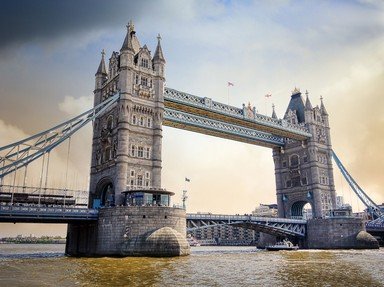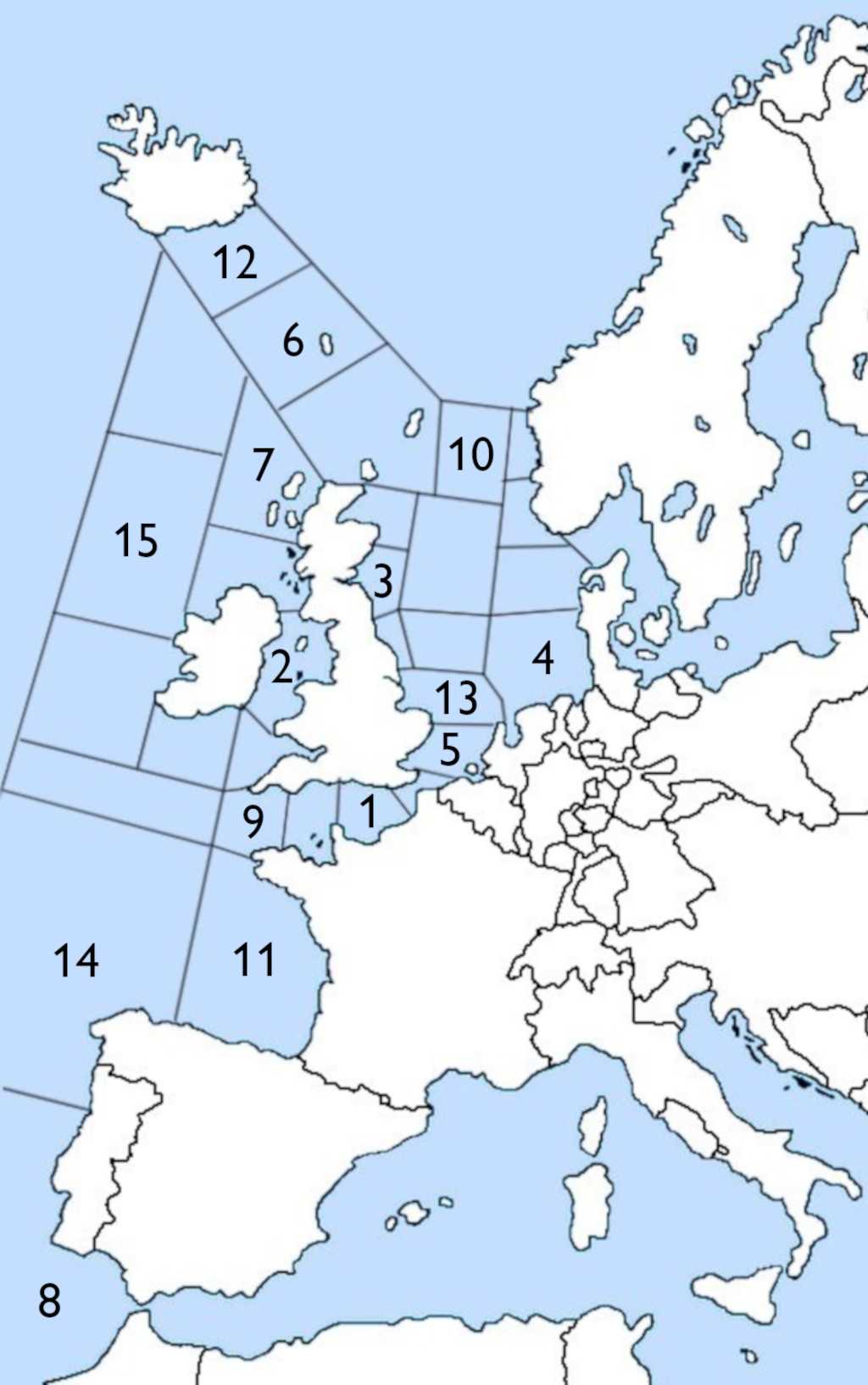
The Shipping Forecast Trivia Quiz
Vital to mariners and beloved by insomniacs and early risers, the "Shipping Forecast" has made many names of sea areas known to the British public. You may know the names but can you match them to the correct locations?
A label quiz
by Snowman.
Estimated time: 3 mins.
